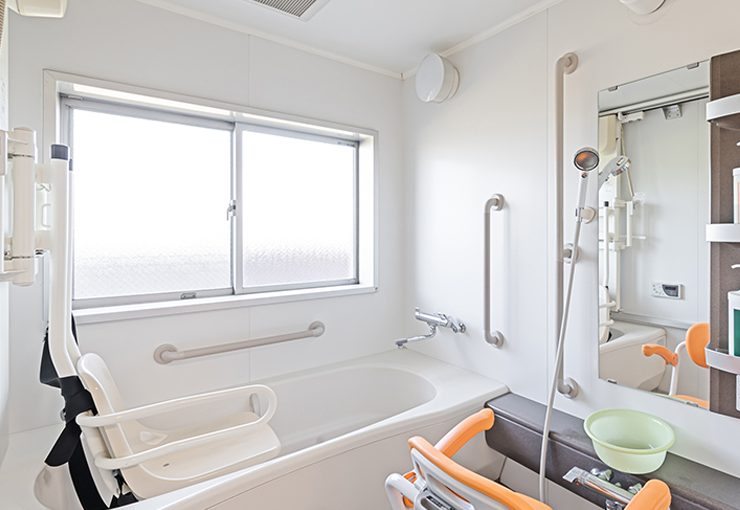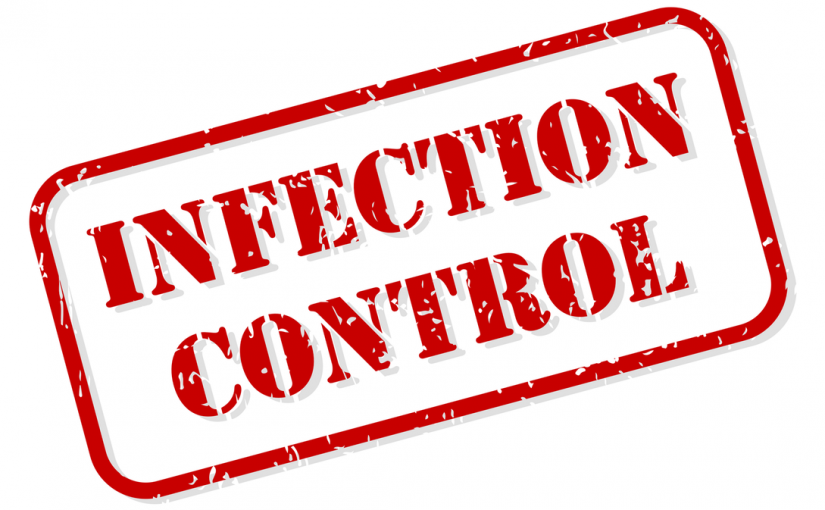Among the most difficult challenges facing skilled nursing centers today is ensuring that staff are adequately trained to care for their increasingly frail and medically complex residents. While training requirements are included in the initial phase of the final rule, and much more substantially in Phase 3, training and competency are more than a survey compliance issue.
Providing compassionate person-centered care for frail elders, many with severe cognitive and/or physical disabilities, requires staff to be well trained in understanding and addressing a range of resident needs and behaviors. Basic nursing and nurse assistant training provides a necessary starting point, and “caring” goes a long way, but even the most well-intended of us can benefit from training that builds upon knowledge and practice in eldercare.
Training requirements already included in the new regulations and survey relate to abuse and neglect for all staff, in-service training for nurse assistants on dementia management and abuse prevention, care of those with cognitive impairments, and training of feeding assistants. Training in these areas is essential to prepare staff to better understand the needs of those who are most vulnerable and/or difficult for caretakers to understand.
Phase 3 of the final rule will substantially increase the emphasis on training and competency with requirements relating to communication, resident rights, infection control, compliance, and ethics—especially in regard to person-centered care, behavioral health, and Quality Assurance and Performance Improvement. These specific areas are accompanied by the general training requirement that staff are trained to care for all resident needs identified in the facility assessment.
With competency requirements in these areas a year away (Nov. 28, 2019), nursing centers need to begin designing and implementing a systematic training program today. A combination of training methods is encouraged, including in-person instruction, web-based training, and/or supervised practical training.
Due to the steady evolution in resident care needs and treatment, training is required for both new and existing staff.
For nurse assistants, in-service training of at least 12 hours per year is expected to reflect an assessment of their knowledge and skills and how well they know the resident population. To determine the adequacy of in-service training, providers will be required to demonstrate competencies, not just completion of in-service hours.
Many nursing centers will require investment in training specific to the growing frailty and complexity of the long-stay resident population and the higher acuity of post-acute residents. High staff turnover and shortages of nursing staff with the necessary qualifications to take care of today’s elders will continue to be a challenge. Training programs must therefore be ongoing and sustainable so that they continue and evolve as resident needs change and staff capabilities change.
Balancing these training needs with caring for residents is a daunting task. That said, investments in staff training can make caretaking less challenging and more rewarding for staff members. These not only lead to greater staff satisfaction and retention, but the commitment to excellence will not go unnoticed by residents and families.
For a printable version of this article, go to:
http://www.providermagazine.com/archives/2018_Archives/Pages/1218/Staff-Training-and-Competency-A-Growing-Challenge.aspx









